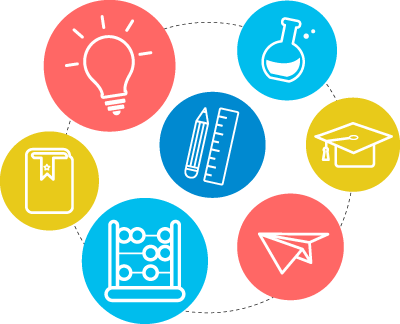
COMPETENCIES RADARS


COMPETENCIES
Knowledge, skills and attitudes necessary for the correct performance of a specific activity
"HARD"
They have to do with technical or practical knowledge learned during academic training in any area
"SOFT"
They have to do with the attitudes and behaviors necessary to successfully perform an activity or task
- They are acquired in training
- Are relatively objective
- They are easy to test
- They can be measured at one time through demonstration, verbal or practical
- Examples: Excel; English level; Jurisprudence; PHP language
- They represent 60% of success in a position
- They are related to personality
- Evolve with experience and training
- They are linked to observable behaviors
- Measurement requires temporal observation
- Examples: Effective Communication; Time Management; Customer Listening; Collaboration
- They represent 40% of success in a position

Soft skills are key to the success of a person in a position, since the behaviors associated with the activity in that position will determine the level of quality of performance and its durability over time.
– Ignacio Rubio Guisasola

WHY ARE OUR RADARS SO WIDELY USED?

We have designed 360º radars, not only simple to implement and innovative, but also very complete and integral in order to get the most out of the assessment process and competency development
DICTIONARY
Extensive dictionary of competencies and behaviors ready to use, or create your own competencies easily
90, 180, 360º
Evaluate at 90, 180 or 360° with up to 5 levels of external observers with multiple observers per level
OBJECTIVE
Allows the addition of a desired objective by the evaluee or the project manager
PRACTICAL
Bundles multiple assessments into a single test so observers do not have to make multiple assessments
EFFICIENT
Decide whether to identify levels of observers or number them, set weights for competencies and observers
MEASURABLE
Allows for two subsequent re-assessments over time that take comparative data from previous assessments to measure developmental progress

